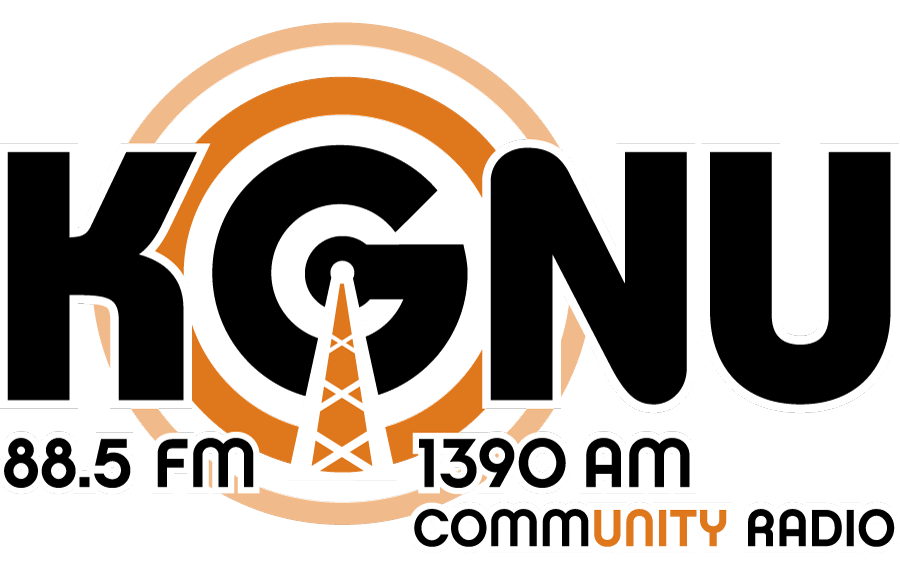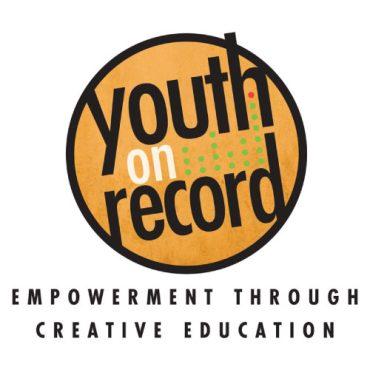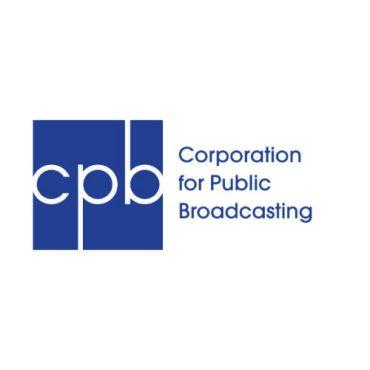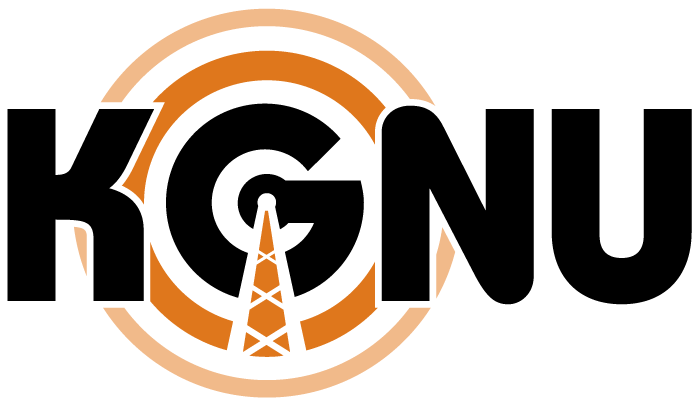(Photo and story by Zack Thompson)
Listen to this story:
-
 play_arrow
play_arrow
For younger generations, learning what to believe online is tricky. KGNU News
Social media is one of those things that is hard to escape, especially for younger generations.
According to the Common Sense Census, teens spend on average more than 8 hours a day on screens and during that time may be subject to a lot of misleading media.
“Any moment that you’re not entertained, it’s just filled with TikTok.” says Daniel Saeb, a high school senior in Boulder. He adds that he trusts TikTok and Instagram more than he probably should. “I’ll say, oh, did you hear this happened? Without knowing if it’s true or not. And I don’t know, my fear is that eventually I just completely believe it.”
Daniel, like many other teenagers, knows he should be skeptical of information on social media, but stops short of defining where the line is between truth and misinformation: “It might just be me being defensive and saying, ‘Oh, I can’t get brainwashed, I’m mentally tough enough to not get brainwashed.’ But it’s just hard to recognize things.”
Unlike traditional media, social media is not subject to the same laws around defamation and slander. Plus, information circulating online isn’t always easy to trace to an identifiable person with a first and last name.
This shift in media ecosystems has created a deep need for media literacy education.
High school and college-level media studies teacher Mary Butler says one of her most important tasks as a teacher and, “as a former newspaper journalist, is to teach students about how important journalism and accessing news and information is, and trustworthy sources of news and information.”
When writing for class assignments, students often pull from online sources, some of which may not be credible. Butler assists students in navigating and evaluating the credibility of digital sources.
She teaches students to fact-check and determine the credibility of sources by asking questions like, “What kinds of credentials do they have? Is this just their opinion based on nothing?”
Nonprofits like the News Literacy Project have also emerged to teach people to navigate digital media sources. The project’s Director of Media Relations, Christina Veiga, suggests applying literacy skills like, “doing a lateral reading search, which means, checking multiple credible sources for information; a quick reverse image source to track down the original source of an image.”
The news literacy project has also launched Rumorguard, a website led by Dan Evon, a former fact-checker for Snopes. Veiga says Evon looks for what rumors are trending online and, “he not only debunks them, but he explains the skills that you can use to apply to future rumors that you might see online.”
Countermeasures to fight misinformation do exist, but misinformation is a tricky topic. Why does it spread so quickly? Why is it so dangerous? At a recent conference hosted at CU Boulder, I posed those questions to Ethan Zuckerman. He’s a professor at the University of Massachusetts Amherst where he teaches public policy, communication, and information.
Zuckerman says people tend to think they are approaching a topic like a scientist, but that’s often not the case. “Everybody thinks that they’re looking at the evidence and weighing it carefully,” Zuckerman explains. “We’re not, we’re lawyers. We are looking for information to make the case that we already have, and that’s how misinformation works. It gives us information that we want so we can advance the narrative that we want to advance.”
What he describes here is also known as confirmation bias. Zuckerman says this way of reinforcing one’s thinking can be dangerous.
Zuckerman says academics like him have been waving red flags about misinformation heading into the next election. He emphasizes the importance of knowing how to build a healthy community both on and offline. That includes being aware of your support network and interacting with people with multiple points of view.
This can include simple exercises within classrooms. High school student Will Roessman says the teacher of his AP English Language and Composition class each week would assign the class a news article to read and discuss in a group. Roessman added that the in-person aspect of the discussion gave it another dimension: “Being able to discuss it with the teachers as well as the whole class and really get other people’s views from people that you can actually see and interact with and have a civil debate about was really good.”
Having the opportunity to discuss current events, pushed Will and other students in his class to come prepared. They would research stories and look for their own news across a variety of sources.
Christina Veiga of the News Literacy Project says media literacy education is key to counteracting misinformation because part of why it’s such a big challenge and why it’s so dangerous is precisely because “people spread it.” She wants people to spread news literacy skills as a counterweight.
In 2021, The Colorado state legislature passed a bill to mandate media literacy in K-12 schools. How the curriculum takes shape is still a work in progress.
-
 play_arrow
play_arrow
For younger generations, learning what to believe online is tricky. KGNU News
Podcast: Play in new window | Download

















